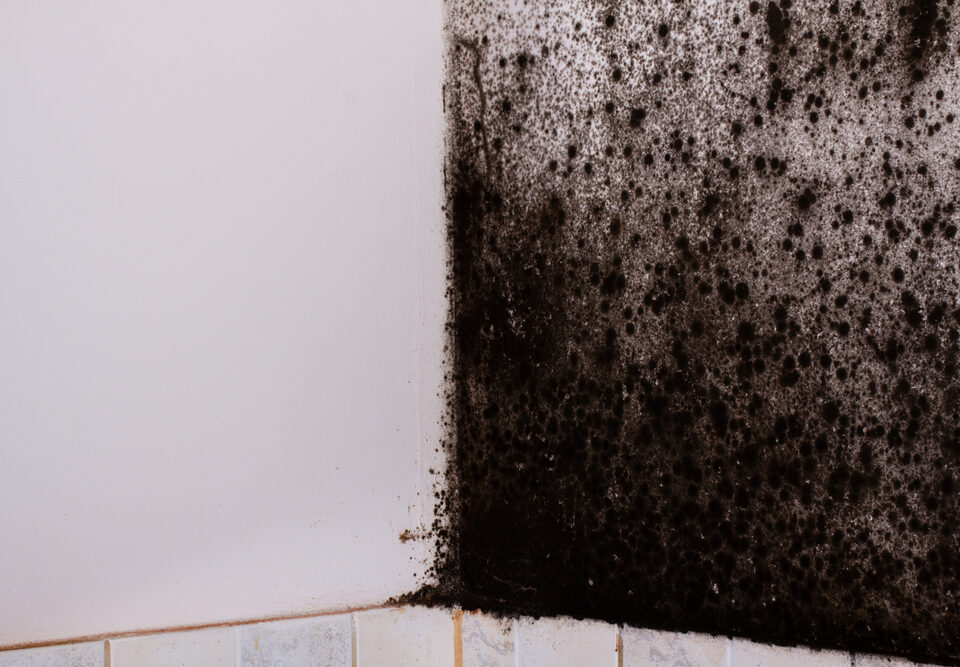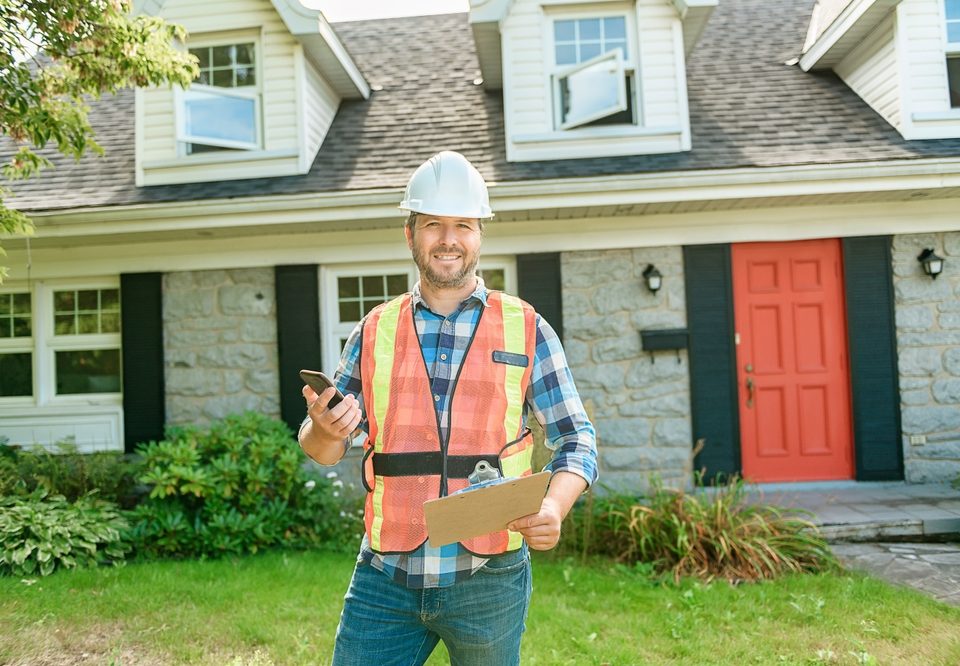- Call Now for a Free Quote
- 801.400.7867
Infrared in Home Inspections: Basics and Common Uses

Signs of Mold in an SLC Home: Seller Disclosure, Mold Inspection
February 8, 2022
Infrared in Home Inspections: Issues it Helps Spot
April 12, 2022Modern technology has improved many areas of our lives, and one of these that can impact new homebuyers is the world of home inspections. There are several cutting-edge technology items that might be used by a home inspector during their process, and one of the most well-known and useful today is the use of infrared imaging.
At Aerolite Consulting, we’re proud to offer a wide range of home inspection services, from environmental contaminant testing to energy efficiency audits — infrared technology can be used for a few of our processes, including several in the realm of energy efficiency. In this two-part blog series, we’ll look into what infrared imaging is, how it’s used in home inspections and related areas, and some of the useful roles it may play in your home inspection.
Infrared Imaging Basics
Also known as infrared thermology (IR), infrared imaging is a technology used to visualize and measure thermal energy emitted from an object. The heat that is radiated can be seen as colors on a thermal image, which can help identify problems or potential problems with the object in question. In the world of home inspections, infrared imaging is most commonly used to detect insulation deficiencies, air leakage and moisture intrusion.
It should be noted that infrared technology is also useful in many other industries, including manufacturing, health care and law enforcement.
How is Infrared Imaging Used in Home Inspections?
Now that we have a good understanding of what infrared imaging is and how it works, let’s take a look at some of the ways it’s used in home inspections.
This technology allows home inspectors to cover a large area during their inspection, and to do so in a very quick manner. Thermal images can be taken of an entire home in just minutes, and this can help identify issues that may not be visible to the naked eye.
In addition, infrared imaging can help inspectors verify the condition of a home’s insulation and air leakage. By identifying areas where insulation is missing or air is leaking in, homebuyers can be better informed of the potential repairs that may need to be made.
Our next several sections will go over specific issues or home areas infrared technology will help inspect or identify concerns in.
Roofing Leaks
One of the most common problems that infrared technology can help identify is roofing leaks. Water that enters a home through the roof can cause extensive damage over time, so it’s important to find and fix any leaks as soon as possible.
Infrared imaging can help identify areas on the roof where water is entering, and this information can be relayed to the homebuyer or the home’s contractor for repairs. Thermal images can also help identify missing or damaged shingles, which can lead to water infiltration as well.
Look for part two of our series soon, where we’ll go over further examples of the uses of infrared technology during home inspections. For more on this, or to learn about any of our home inspections or environmental contaminant testing services, speak to the staff at Aerolite Consulting today.




